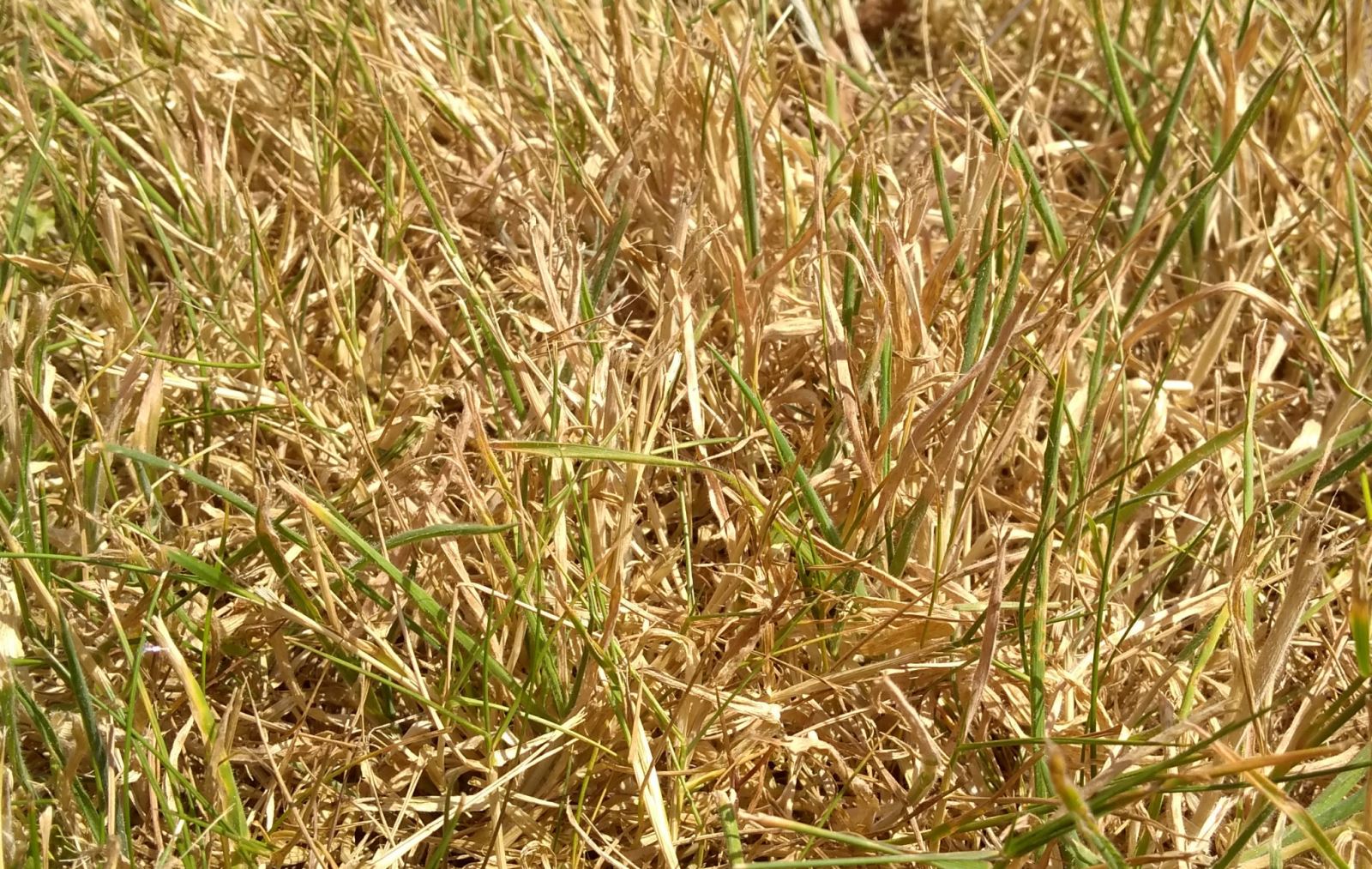Maintaining longer lawns in dry weather: tips for a resilient and green landscape

Dry weather can pose challenges for keeping lawns lush and healthy, as water scarcity and heat stress can take a toll on grass.
However, with proper care and attention, it is possible to maintain longer lawns even during dry periods. Here are some tips to help you achieve a resilient and green landscape in dry weather.
Adjust your mowing height: Raise the cutting height of your mower to keep the grass blades longer. Taller grass provides more shade for the soil, reducing water evaporation and promoting deeper root growth. Aim to mow the grass to about 3 inches in height or higher, depending on the grass type.
Water deeply and infrequently: Instead of frequent shallow watering, encourage deep root growth by watering your lawn less often but for longer durations. This allows the water to penetrate the soil and reach the roots. Water in the early morning or late evening to minimize evaporation. Aim for approximately 1 inch of water per week, including rainfall.
Utilize mulch: Leave grass clippings on the lawn after mowing to act as a natural mulch. This helps retain moisture in the soil and provides essential nutrients as the clippings decompose. Alternatively, consider using organic mulch around trees, shrubs, and garden beds to conserve soil moisture.
Aerate the soil: Compacted soil restricts water absorption and root growth. Aerating the lawn helps alleviate compaction and allows water to penetrate deeper into the soil. Use a garden fork or rent an aerator to perforate the ground, improving water and nutrient absorption.
Apply a layer of organic compost: Top-dressing the lawn with a thin layer of organic compost helps improve soil structure, moisture retention, and nutrient availability. The compost acts as a natural fertilizer and enhances the overall health and resilience of the grass.
Limit foot traffic: During dry periods, reduce foot traffic on the lawn to prevent stress and damage to the grass. Restrict heavy activities and use designated pathways to minimize compaction and allow the grass to recover.
Consider drought-tolerant grass varieties: If you live in an area prone to frequent droughts, consider planting drought-tolerant grass varieties. These grasses have adaptations that enable them to withstand dry conditions better and require less water for maintenance.
By implementing these strategies, you can help your lawn stay greener and more resilient during dry weather. Remember to check local watering restrictions and guidelines to ensure compliance with any water conservation measures in your area. With proper care, you can maintain longer lawns that enhance the beauty of your outdoor space even in challenging weather conditions.
MEASURE MY LAWN ONLINE
WANT A GUIDELINE PRICE?
Get an indicative price to cut your lawn without even stepping outside to measure your lawn.
ONLINE PRICE CALCULATOR